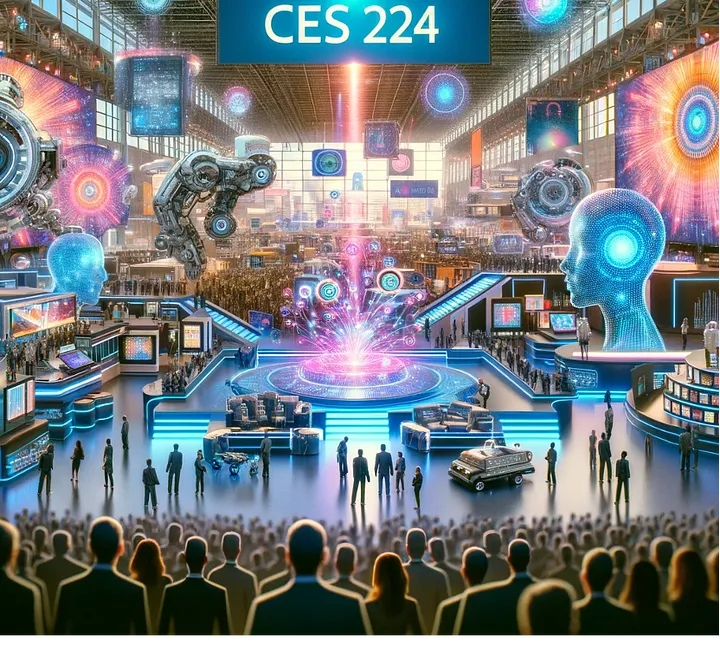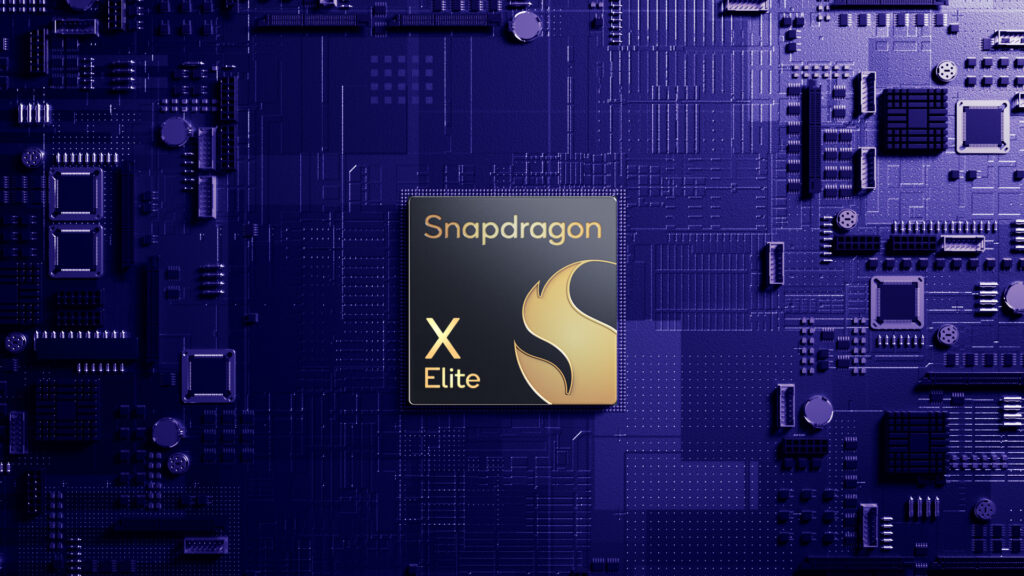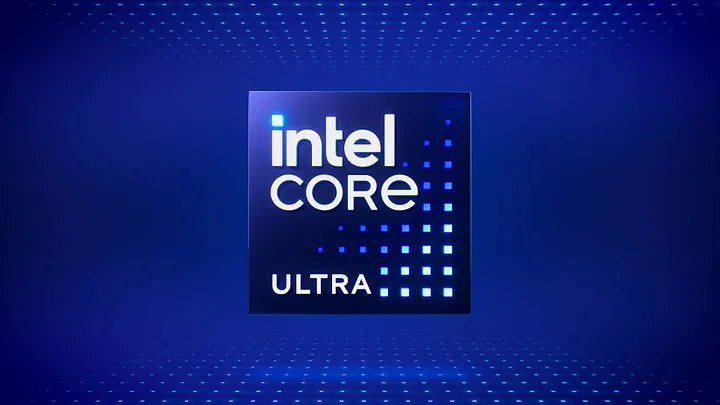It can be all too easy to get caught up in the hype of a major tradeshow like CES, with all the top industry leaders unveiling their carefully crafted visions and product and technology announcements. Particularly so this year, with the event springing back to life after its Covid-induced slumber and company after company proclaiming in remarkably similar language the arrival of the new era of generative AI.
Is all this hype around generative AI justified? Or will the luster rapidly fade away as happened with the much-ballyhooed Metaverse? My bet is that the momentum behind the technology is real, despite the inevitable teething problems we are experiencing with it, and that we are on the cusp of a major industry transition like the one that Steve Jobs initiated with the launch of the iPhone.
The most important reason for this is that the industry has made great strides in building a robust and scalable data centre and cloud infrastructure for handling the huge compute demands of generative AI workloads and applications. With recent launches of new data centre silicon by AMD, Intel, AWS, Microsoft, and Google, the speed of this infrastructure buildout is sure to accelerate to meet growing market needs supported by growing capacity for the most advanced semiconductor manufacturing processes.
The volume introduction of on-device AI processor and graphics platforms for PCs and smartphones by Intel, AMD, Nvidia, Qualcomm, and Samsung this year is the second reason for optimism. Enabling intelligent assistants like Microsoft CoPilot and SLMs (Small Language Models) to run directly on a PC or phone will not only improve performance when handling AI workloads but also strengthen data security and reduce dependency on cloud services.
As more and more PCs and smartphones with on-device AI become available at affordable price points, new applications are sure to emerge to take advantage of this new capability. Intelligent edge systems and cameras that require real-time voice recognition, image recognition, and machine learning capabilities for use cases such as frictionless check-out, loss prevention, and inventory tracking in retail or defect detection and equipment monitoring in manufacturing are some basic examples of the innovations that on-device AI will enable at scale.
While Generative AI will not happen overnight, all the signs from CES are that a transformative market shift is already underway. With all the industry heavyweights making substantial steps in the same direction towards on-device AI, momentum is sure to accelerate at an unprecedented rate. It will be fascinating to see how much progress has been made when CES returns in January next year.
Long time technology industry fan here in Taiwan.



